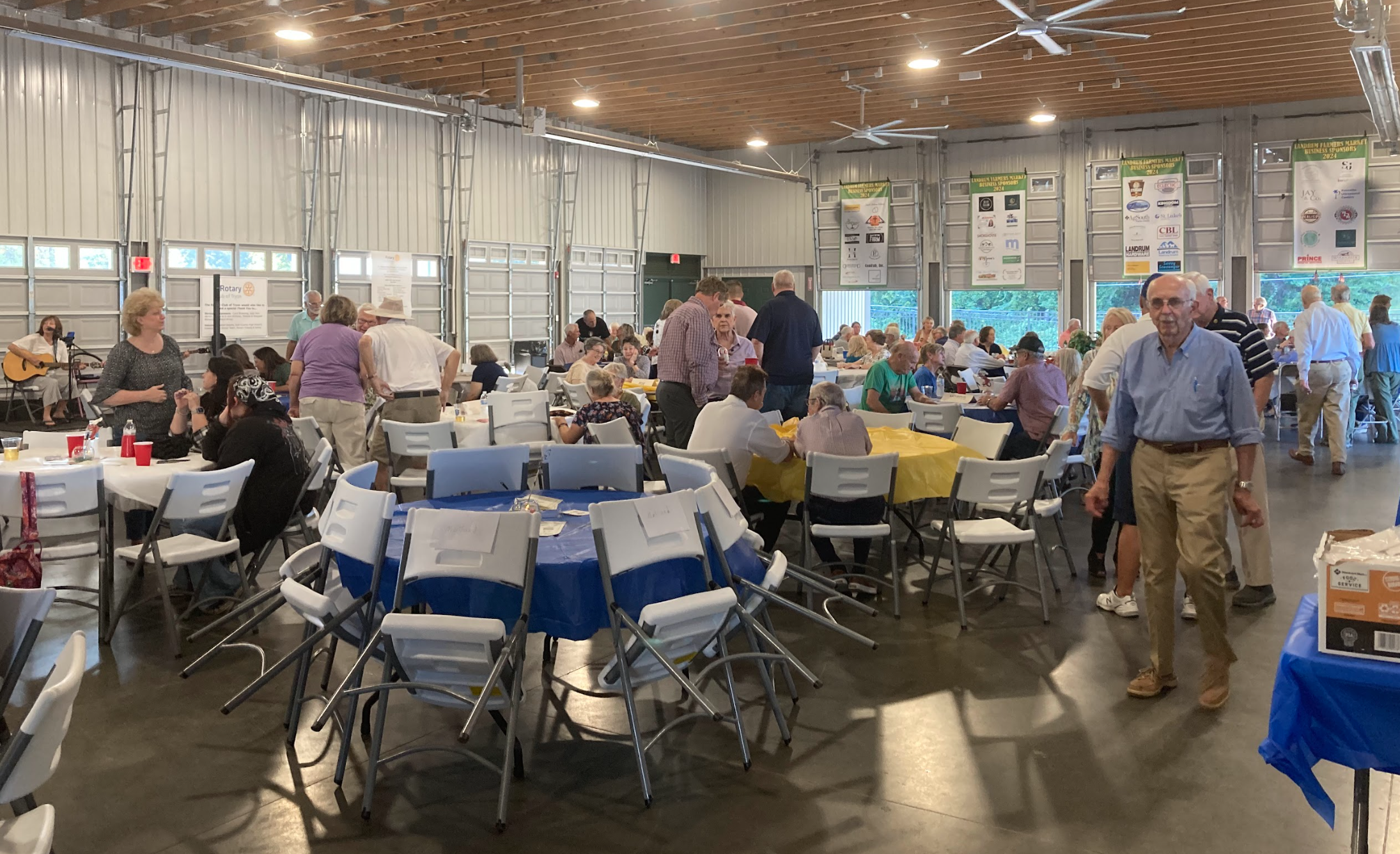Round as a ball, sharp as an awl
Published 10:55 am Wednesday, March 9, 2011
A favorite riddle in the mountains of Dark Corner for over 100 years went like this:

The unique chestnut grows in the burr in three sections, unlike walnuts or hickory nuts. (photo by Dean Stuart Campbell)
“Round as a ball, sharp as an awl; lives in the summer, and dies in the fall.”
The answer?
Trending
A chestnut burr.
The round, ball–like burrs were covered with hard, spiny and sharp thorns in a mesh that resembled a coarse fabric. They were difficult to gather without the use of gloves.
Each burr contained a three-part nut, very unlike those of other native trees—walnuts or hickory nuts. When the nut was mature, the burr would pop open to reveal its dark, three-pronged captive that would be roasted in an open fire. The nut’s skin would have to be cut or punctured to prevent its exploding and scattering hot coals.
Each chestnut tree would bear dozens of the prickly burrs each fall season.
While most of the mighty chestnut tree’s products were major bartering ones, some of them joined moonshine whiskey as the only sources of actual cash money for residents of Hogback and Glassy Mountains and surrounding peaks, until the mid-1920s.
That is when the southern Appalachian Blue Ridge Mountains joined with major forests of the northeast in succumbing to the massive chestnut blight that destroyed thousands upon thousands of trees. Worse still, the blight went to the roots of the trees, preventing future reforestation from new sprouts.
Trending
The wood, bark and nuts of the chestnut tree played a major role in the life and culture of Dark Corner’s mountain people.
Chestnut wood provided lumber, roofing shakes, posts, fence rails, ties, pilings and poles. It also was used as fuel in cast iron stoves or enclosed boilers in moonshine stills. It sparked while burning, so it could not be safely used in open fires or fireplaces.
Because of its high tannin content, chestnut wood and bark was a major source of tannin for leather work. Both would be soaked in water and the extract solution would then be evaporated to yield the tannin.
Nuts were gathered in the fall as they ripened and fell, or trees limbs were shaken. Occasionally, they were blasted from limbs by buckshot. They were gathered in burlap bags and transported by wagon to a local general store or to a neighboring town.
The disappearance of the chestnut tree had a profound impact on these mountain people. A staple food, cattle feed, building components and a major bartering tool were lost, never to return.
The riddle remained for years until the memory of chestnut burrs waned. It was revived years later to describe the less-sharp, spiny ball of the sweet gum tree.





